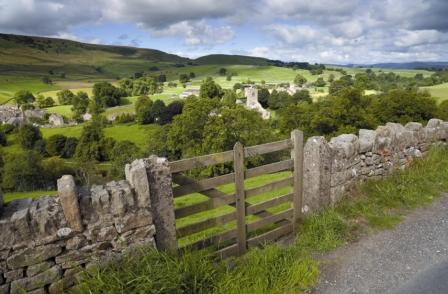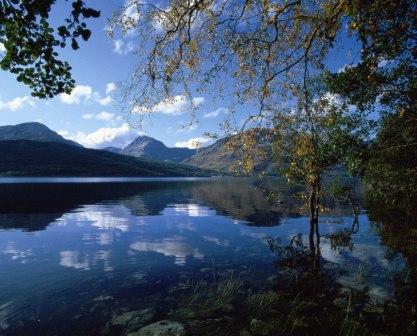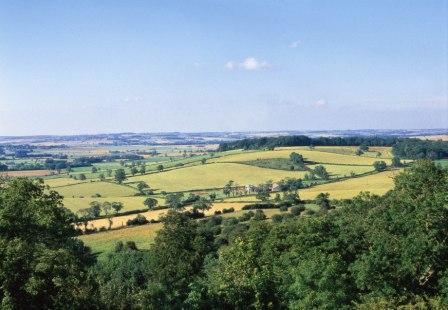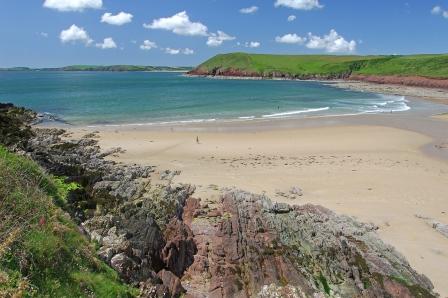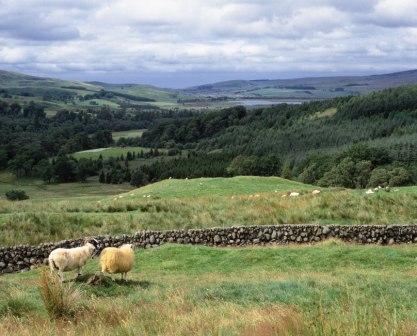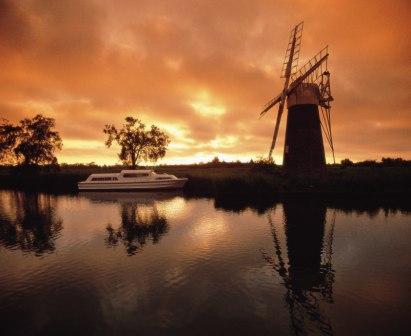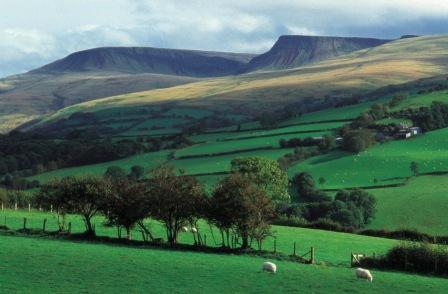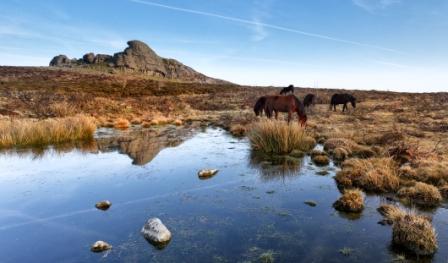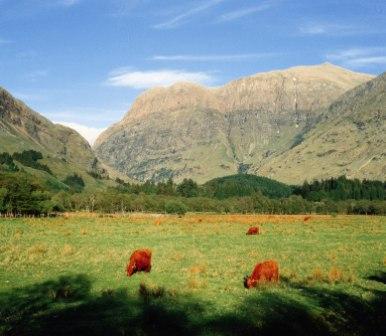Yorkshire Dales
Cliffs, crags, gorges, caves and waterfalls give the Yorkshire Dales some of the finest limestone scenery in Britain. The national park’s 1,100 square miles and 20 dales are watched over by the ‘Three Peaks’ – Ingleborough, Whernside and Peny-y-Ghent. Each dale has its own character, patterned with dry-stone walls, barns, stone-built villages and flower-rich hay meadows. Bleak heather-clad fells lie above these pastoral valleys. Among the many natural wonders are Malham Cove, in Malhamdale, with its tarn and limestone pavement, and [...]

